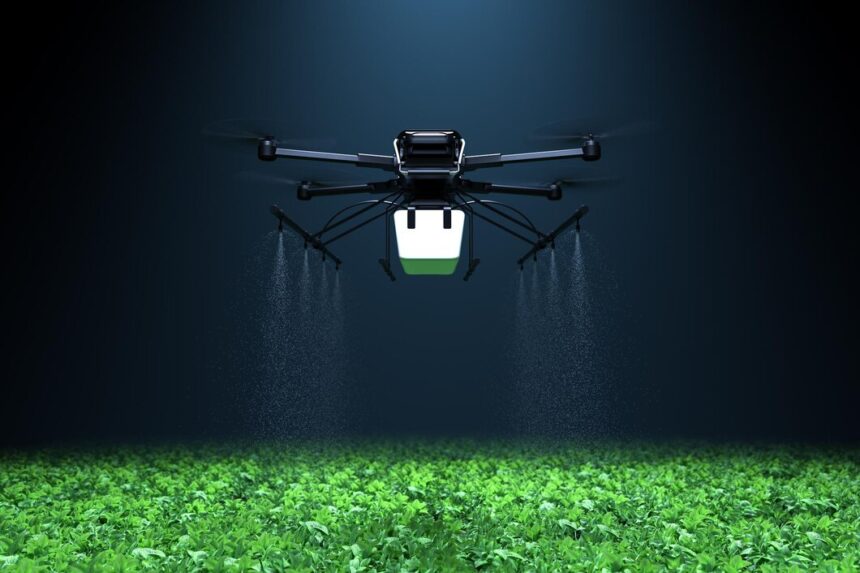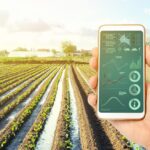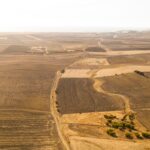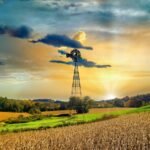South African farmers are turning to drone spraying technology to boost efficiency, reduce costs, and promote sustainable farming. These high-tech agricultural drones are transforming how pesticides, herbicides, and fertilizers are applied, offering precision, speed, and resource savings. As the country faces challenges like climate change, water shortages, and rising input costs, drone spraying is emerging as a game-changer for modern farming.
How Drone Spraying Works
Drone spraying involves the use of unmanned aerial vehicles (UAVs) equipped with specialized nozzles, tanks, and AI-driven sensors. These drones are programmed to fly over fields, spraying crops with pinpoint accuracy. Key technologies enabling this innovation include:
- GPS Navigation: Ensures precise flight paths, reducing overlap and waste.
- AI and Machine Learning: Adjusts spraying patterns based on real-time field conditions.
- Multispectral Imaging: Analyzes crop health and targets affected areas.
- Variable Rate Technology (VRT): Applies chemicals in optimized amounts to different sections of the field.
Benefits of Drone Spraying in SA Farming
1. Time Efficiency
Traditional spraying methods using tractors or manual labor are time-consuming. Drones can cover vast areas quickly, spraying up to 20 hectares per hour, depending on the model. This allows farmers to treat crops faster, especially during critical growing periods.
2. Reduced Chemical Usage
Precision spraying minimizes the overuse of pesticides and fertilizers. Drones apply chemicals only where needed, reducing environmental impact and lowering input costs. This supports sustainable farming practices while maintaining crop health.
3. Water Conservation
South Africa faces ongoing water scarcity challenges. Unlike conventional methods that rely on large amounts of water, drone spraying uses ultra-low volume (ULV) technology to maximize efficiency, reducing water consumption significantly.
4. Accessibility in Difficult Terrain
Farmers in hilly or muddy areas often struggle with traditional machinery. Drones can easily navigate challenging landscapes, ensuring even hard-to-reach crops receive treatment.
5. Improved Worker Safety
Manual spraying exposes farmworkers to harmful chemicals and harsh weather conditions. With drones, operators can manage spraying remotely, reducing health risks and ensuring safer working conditions.
Challenges and Future Outlook
Despite the advantages, drone spraying adoption in South Africa faces challenges such as:
- High Initial Costs: While drones save money in the long run, the upfront investment can be costly for small-scale farmers.
- Regulatory Restrictions: Aviation laws and pesticide regulations require farmers to obtain permits for drone use.
- Technical Training Needs: Farmers must learn how to operate and maintain drone technology effectively.
As technology advances and costs decrease, drone spraying is expected to become more accessible. Government support, training programs, and partnerships with agritech companies can further drive adoption.
Drone spraying is revolutionizing South African agriculture by improving efficiency, reducing resource wastage, and promoting sustainable farming. As more farmers embrace this technology, the industry is set to become more productive, resilient, and environmentally friendly. With continued innovation, drone spraying will play a vital role in shaping the future of farming in South Africa.
Join 'Farmers Mag' WhatsApp Channel
Get the latest Farming news and tips delivered straight to your WhatsApp
CLICK HERE TO JOIN






